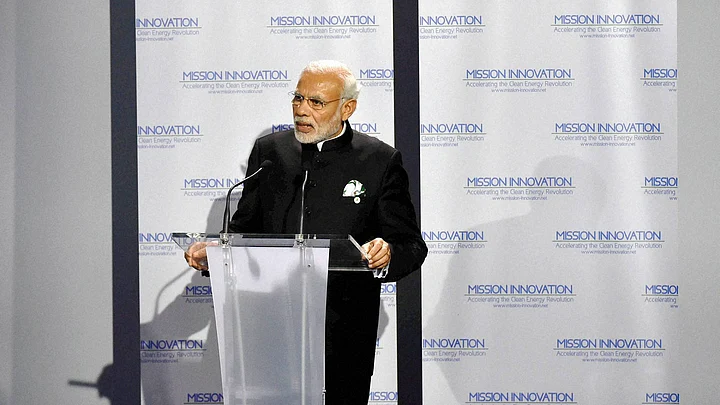The singular credit for conceiving and championing the Nuclear Security Summits unarguably goes to US President Barack Obama. In 2009, he called nuclear terrorism one of the greatest threats to international security and initiated global dialogue.
The first summit was held in 2010, when about 50 world leaders drew the Washington Work Plan to contain, prevent and counter nuclear terrorism by better protecting nuclear radiating sources from theft and misuses like making ‘dirty bombs’.
The unique feature of the fourth and last NSS on 1 April was not that it was taking place a few months before Obama says goodbye to his tenure, nor was it taking place at the backdrop of deadly terror attacks in Paris, Brussels and Lahore. It is not even that the threat of ‘dirty nuclear bombs’ is looming large due to non-state IS army and unending intimidation by a state actor, North Korea.
The most harrowing backdrop of the NSS, ironically, is the impending threat of ‘runaway’ climate change. The perils of dirty carbon bombs are now more deadly than dirty nuclear bombs.
‘Carbon-warhead’ is no longer a symbolic phrase. Such warheads are in the making for the last two centuries without any abatement thanks to the fossil fuel addiction of all the state actors. The global efforts to arrest the carbon proliferation by the UN have failed miserably.
Runaway climate change is now considered the real tipping point in accelerated global warming, signalling a chaotic climatic disaster of planetary proportion.
It is predicted to happen when, for example, melting of the polar ice and Siberian snow would allow green house gases (GHGs) like methane and carbon dioxide, hitherto buried under the permafrost, to escape into atmosphere and trigger sudden and rapid climate change and rise in global temperatures – causing catastrophic havoc.
Just in about four months after the Paris climate agreement, there have been rapid-fire impacts due to the human-induced carbon missiles launched in the atmosphere over more than two centuries since the advent of the industrial revolution.
In the beginning of this year, the World Meteorological Organisation reported that 2015 was the hottest year on record. Fourteen of the 15 hottest years on record have occurred since 2000. Scientists predicted with unusual certainty that 2016 would be yet another record hot year.
In February, flooding due to rise in sea level in American cities like Miami and Charleston and floods in Europe caused much more disruption in daily life than the flood of migrants.
In March, well-known climatologists, including James Hansen, known for his advocacy of action to avoid runaway climate change, alerted that the impact of climate change would be so abrupt that most of humanity would be caught napping with little time to protect from tidal flooding, severe droughts and other extreme events.
Come April and we are presented with yet one more horrifying prediction: If carbon dioxide emissions from fossil fuels continue unremitting , West Antarctic ice would disintegrate, causing the sea to rise by five to six feet by 2100, destroying many of the coastal cities habited by more than 70 percent of global population, apart from sinking low-lying island nations within the lifetimes of children born today.
The Arctic winter that just ended has seen annual ice coverage hit its lowest level ever recorded over last two winters due to sustained global warming, as observed by the European Space Agency.
Just 21 days after the fourth NSS in Washington which many believe to be the last, yet another swan song will be played at the UN headquarters in New York on 22 April by UN Secretary-General Ban Ki-moon, who is also ending his tenure in 2016. He has convened a signing ceremony for the Paris Agreement on climate change that was adopted unanimously.
We are yet to record the achievements of more than two decades of the series of climate summits under the UN as there are not many. The tragedy is that there is no guarantee that signing ceremony will consummate the universal climate deal agreed in Paris. Will it be the song of a dying swan?
(Rajendra Shende is an IIT-alumnus, former director of the UNEP and chairman of the TERRE Policy Centre. The views expressed are personal. He can be contacted at shende.rajendra@gmail.com)
(At The Quint, we question everything. Play an active role in shaping our journalism by becoming a member today.)
